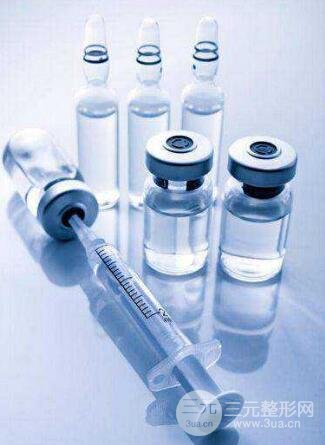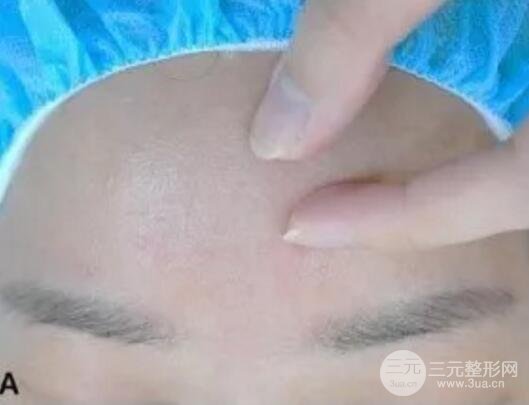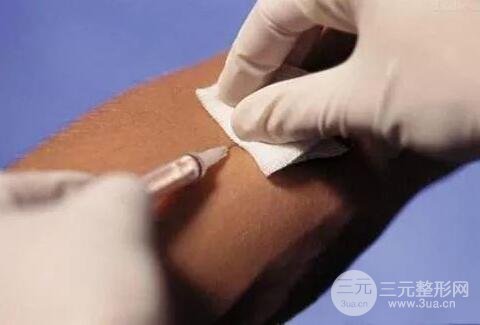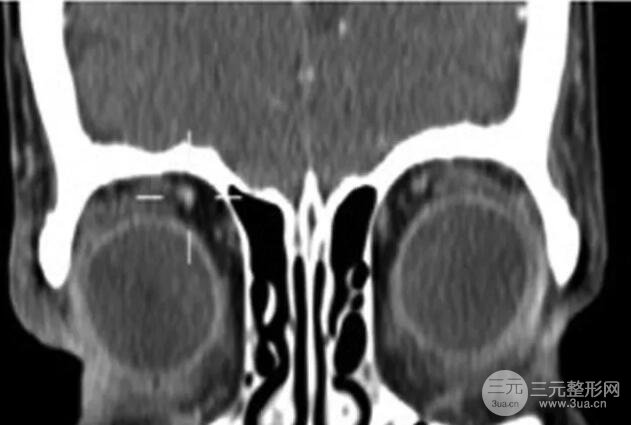Hyaluronic acid filler has been widely used in the treatment of facial rejuvenation due to its high biocompatibility and biodegradability, and very little adverse reaction. However, delayed foreign body granuloma, delayed hypersensitivity reaction, necrosis and other complications related to hyaluronic acid filler have gradually surfaced. Today, we still need to pay attention to the case of hyaluronic acid migration.

About hyaluronic acid migration
Hyaluronic acid migration refers to the presence of hyaluronic acid far away from the injection point.
This is a serious complication. Jordan D.R. Stoica B. The pathogenesis of hyaluronic acid migration has been reported, and several mechanisms have been proposed:
Hyaluronic acid migration related to injection technology (poor technology, large volume injection, pressure injection).
Massage, muscle activity, displacement caused by gravity or pressure, lymphatic diffusion and vascular injection.
We introduced your "hyaluronic acid migrated into the orbit after the injection of forehead and side eyebrows". Today, our case is also hyaluronic acid migration, but today it is from the nose to the forehead.

Case Details
A 33 year old female patient has a bean sized, flesh colored, soft, mobile subcutaneous mass on her forehead for 3 months (see Figure A below). Sixteen months ago, she injected hyaluronic acid filler into her nose in a private clinic (Korea). She didn't inject any filler on her forehead.

Clinically, the patient was evaluated as hemangioma or lipoma, and the tumor was removed after local anesthesia injection. Histopathological examination showed that there were irregular, amorphous, light gray to blue substances separated from scattered collagen bundles, high-quality goods and sparse inflammatory cell infiltration in subcutaneous fat (see Figure B and C below). Alcian blue staining shows irregular substances (see figure below) D).

Possible mechanism
The foreign body reaction caused by hyaluronic acid filler may occur months or even years after injection. Therefore, it is difficult to diagnose because hyaluronic acid filler delays foreign body reaction. In addition, non inflammatory, soft and subcutaneous masses far away from the injection site of filling will not be considered as problems related to hyaluronic acid filling.

After the nasal injection of filler, the patient's face appeared two bean sized, flesh colored, soft and subcutaneous lumps, one on the forehead and one on the eyebrows. This phenomenon can be explained by the migration of hyaluronic acid filler, which refers to the presence of hyaluronic acid filler far away from the original injection point.
Migration of fillers can occur through a variety of mechanisms, including poor injection techniques (high-volume, high-pressure injection), massage, muscle activity, gravity, counter gravity, pressure, lymphangiectasia, and vascular injection.

Patient Profile
A healthy 63 year old female had 2 slow progressing and palpable masses in the right anterior upper orbit. The visual acuity of the right eye is 6/6.
Two less painful masses were found on the lateral margin of the upper orbit and the upper eyelid was slightly ptosis. There was no abnormality in extraocular movement, optic nerve function, Hertel exophthalmos metrology.
After further inquiry, the patient recalled that a year ago, she injected hyaluronic acid into the forehead and the upper edge of the outer orbit in a private clinic.
The patient denied that any filler was injected into the eyelid, and did not remember which brand of filler was injected into the forehead and outside the eyebrow.
High frequency ultrasound scan found hypoechoic mass under the right eyebrow and upper eyelid, without muscle involvement or Doppler blood flow (showing fibrous tissue).
Orbital CT scan found a flat, opaque orbital mass in the subcutaneous tissue of the upper orbit and upper eyelid (see the following figure)

Doctor's treatment process
The patient underwent right anterior orbital resection through the eyelid fold incision, and 2 masses were biopsied.
Diffuse chronic inflammatory infiltration is mainly composed of lymphocytes, histiocytes and foreign body giant cells. Non cascade granuloma is formed around cell-free blue-green particles.
This substance is stained with Azine blue, which is proved to be composed of glycosaminoglycans.
Look here, this lump is definitely hyaluronic acid~

The mass was diagnosed as secondary foreign body reaction after injection of hyaluronic acid filler.
The patient did not need further treatment, and she remained stable during the 12 month follow-up.
Causes of hyaluronic acid migration
Hyaluronic acid migration refers to the presence of hyaluronic acid far away from the injection point.
This is a serious complication. Jordan D.R., Stoica B. The pathogenesis of hyaluronic acid migration has been reported, and several mechanisms have been proposed:
Hyaluronic acid migration related to injection technology (poor technology, large volume injection, pressure injection)

Massage, muscle activity, displacement caused by gravity or pressure, lymphatic diffusion and vascular injection.
After receiving frontal and lateral eyebrow injections, hyaluronic acid migrated to the orbit. Potential mechanisms include the migration of hyaluronic acid through the aponeurosis and orbital septum and the movement of gravity facial muscles.
This indicates that the migrated hyaluronic acid can even penetrate the eye socket.

Precautions after hyaluronic acid injection
After injection of hyaluronic acid, do not contact the high-temperature environment or hot compress, but ice compress to reduce swelling. Generally speaking, contact with water is not recommended on the day of injection, and only on the next day. Within two weeks after the injection of hyaluronic acid, the injection site will feel stiff and then gradually soften.
Do not use anticoagulants after hyaluronic acid injection, otherwise it may cause hematoma or congestion. After hyaluronic acid injection, if you are dissatisfied or have problems, you can inject hyaluronidase, also known as hyaluronidase, to dissolve it properly.
In addition, hyaluronic acid injection will cause slight swelling, which is also normal, so don't panic.



















